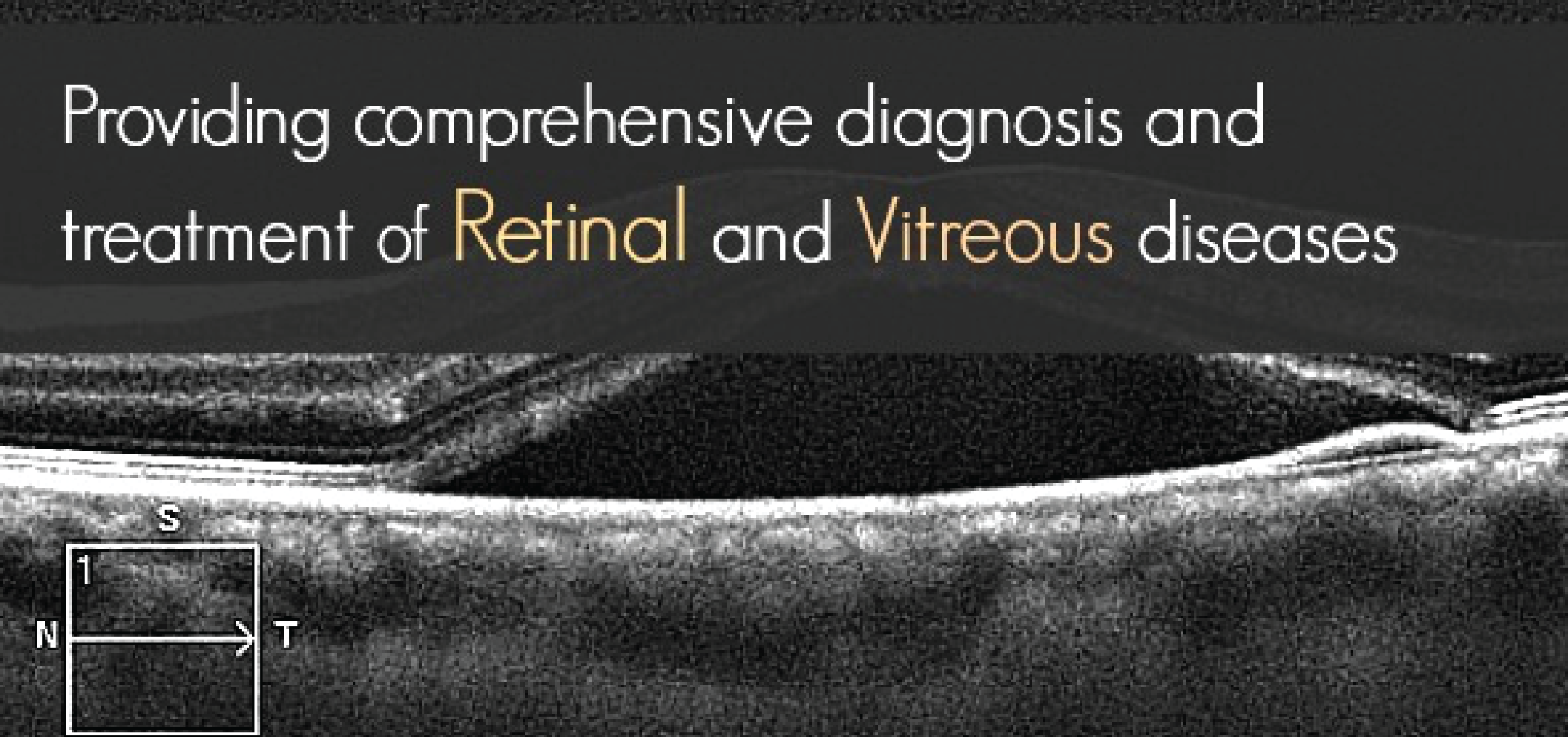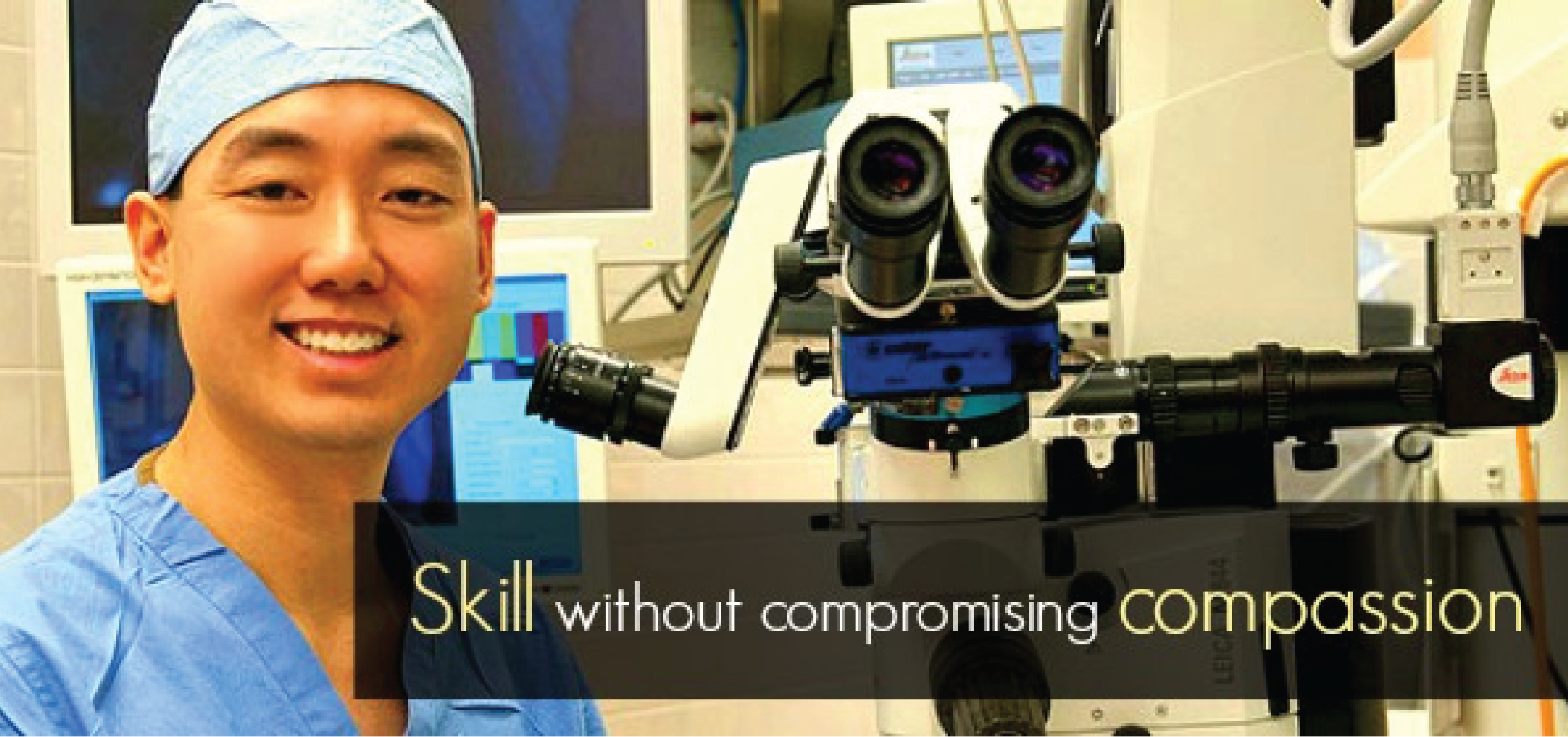Scleral Buckle
A scleral buckle is used in surgery performed in the operating room to repair certain types of retinal detachments. The scleral buckle is a silicone band that is wrapped around the outside wall of the eye. It is attached to the wall of the eye using sutures. A scleral buckle is similar to a belt that goes around the waist and is used to support the retina and relieve traction on the retina caused by the vitreous. The scleral buckle is sometimes performed in combination with a vitrectomy procedure.
The surgery can be performed under general or local anesthesia. After surgery, the patient may experience eye discomfort for a few days. The scleral buckle is positioned behind the eyelids and under the muscles that move the eye. The overlying skin of the eye called the conjunctiva is closed over the scleral buckle. Therefore, you will not be able to see it.
The scleral buckle has around a 90% chance of reattaching the retina with one procedure. Therefore, 10% of the time scar tissue may develop causing another retinal detachment, and further surgery may be required.
The scleral buckle is a safe procedure that has been performed on many patients over the past 40 years. However, there are certain risks including infection, bleeding, increased eye pressure, eyelid drooping, need for further surgery, and double vision. Also the scleral buckle often makes the eye more nearsighted after the surgery, and so a glasses check (refraction) is typically performed around 3 months after surgery.








